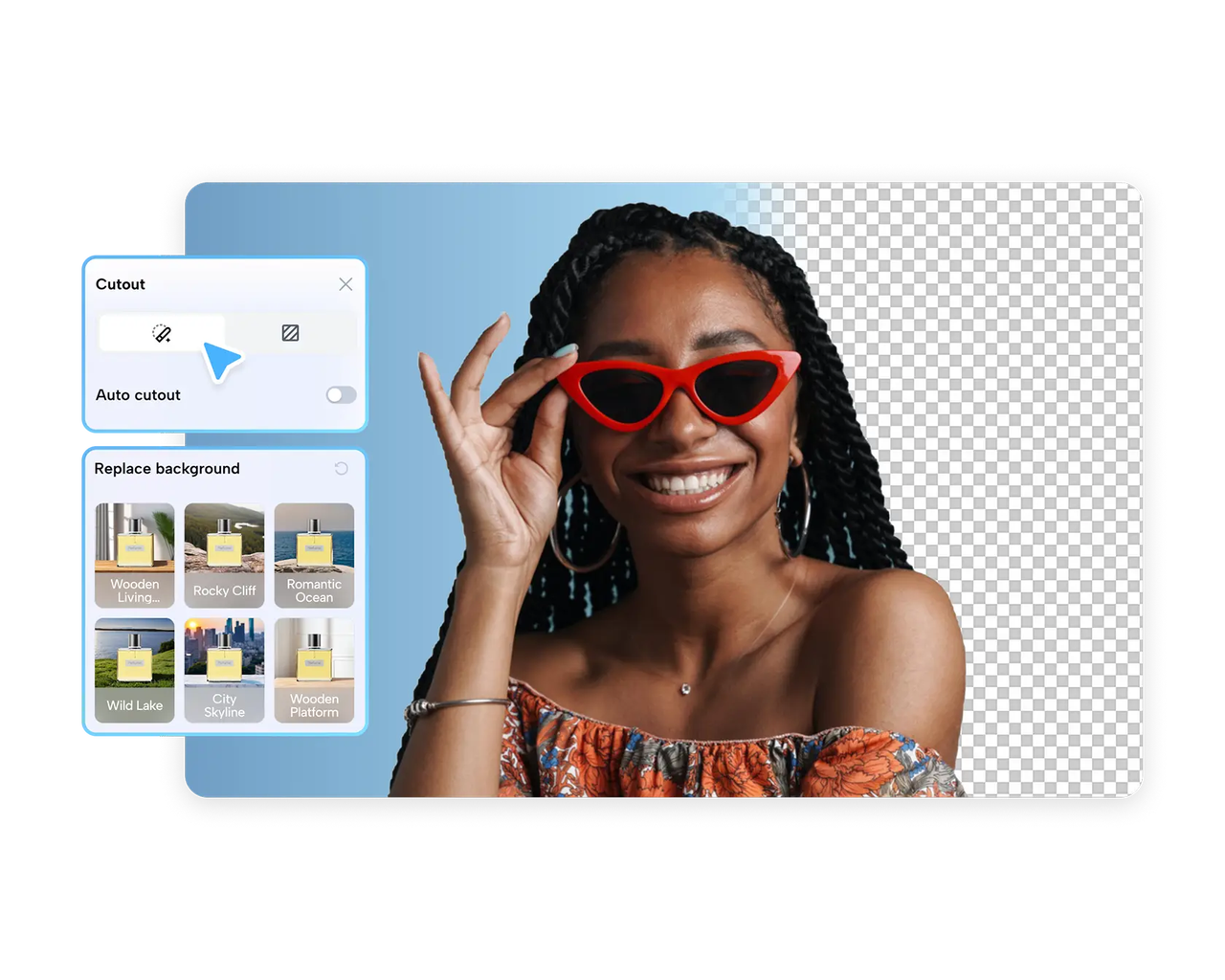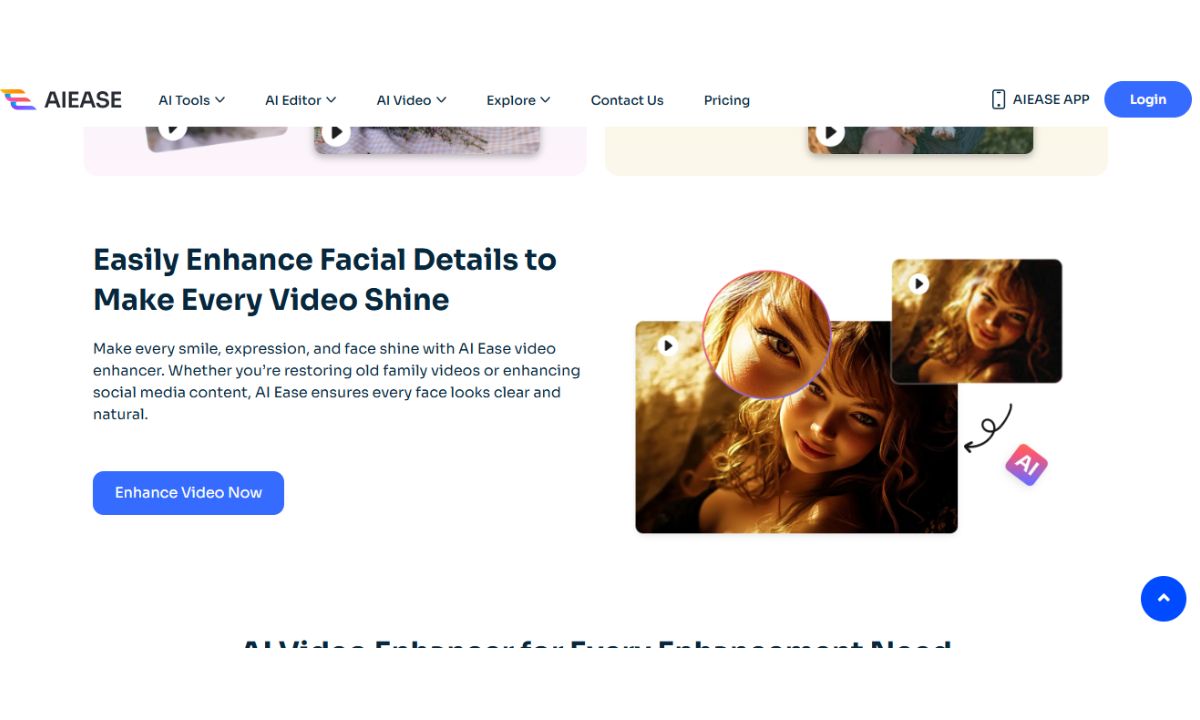The landscape of journalism is constantly evolving, and in today’s digital age, storytelling has taken on new forms that extend beyond traditional articles and reports. With the rise of digital media, journalists are now exploring innovative ways to tell stories that captivate and engage their audiences more effectively. One such method is interactive storytelling—a dynamic approach that turns passive readers into active participants, fostering a deeper connection with the content.
The Shift Towards Interactivity in Journalism
Journalism has always been about more than just reporting facts; it’s about crafting narratives that resonate with people. However, as the digital world grows increasingly crowded, capturing the audience’s attention has become more challenging. The key to standing out is not just in the story itself but in how it is told. This is where interactive storytelling comes into play. It allows readers to engage with the content on a deeper level, turning what was once a one-way communication into an interactive dialogue.
Interactive elements—such as clickable graphics, embedded multimedia, and interactive flipbooks—invite readers to explore stories at their own pace and according to their interests. This not only enhances their experience but also increases the likelihood of them sharing the content with others, further expanding the story’s reach.
Creating an interactive experience can be as simple as using a tool to make a flip book, which can transform a static article into a dynamic piece of digital storytelling. A flipbook can combine text, images, and videos into a seamless, page-turning experience that engages readers in ways that traditional formats cannot.
Real-Life Examples of Interactive Journalism
Interactive storytelling isn’t just a concept; it’s a practice that’s being adopted by some of the most forward-thinking news organizations around the world. For instance, major outlets like The Guardian and The Washington Post have incorporated interactive graphics and multimedia into their reporting. These tools help to break down complex topics, making them more accessible and engaging for a wider audience.
Similarly, interactive documentaries and immersive reports allow audiences to dive deeper into stories, exploring different aspects at their own pace. These formats are particularly effective in investigative journalism, where the depth of information can be overwhelming in a traditional article format.
National Geographic, for example, frequently uses interactive storytelling to enhance its digital articles, blending stunning visuals with user-driven exploration. This approach not only draws readers in but also keeps them engaged longer, providing a richer understanding of the story.
The Future of Interactive Storytelling
As technology continues to evolve, the potential for interactive storytelling in journalism will only grow. Innovations like virtual reality (VR) and augmented reality (AR) are beginning to be explored as the next frontier of interactive journalism. These technologies have the potential to offer readers an even more immersive experience, where they can virtually “step into” the story and experience it from within.
However, the success of interactive storytelling hinges on its relevance and accessibility. Not every story needs—or benefits from—interactivity. The challenge for journalists is to use these tools thoughtfully, ensuring that they enhance rather than overshadow the narrative.
Summary
Interactive storytelling represents a transformative shift in journalism, offering a way to create more engaging and immersive experiences for readers. By incorporating interactive elements like flipbooks, journalists can turn traditional articles into dynamic stories that invite active participation. As the media landscape continues to evolve, embracing these new storytelling techniques will be crucial for keeping audiences engaged and connected in a digital world.











